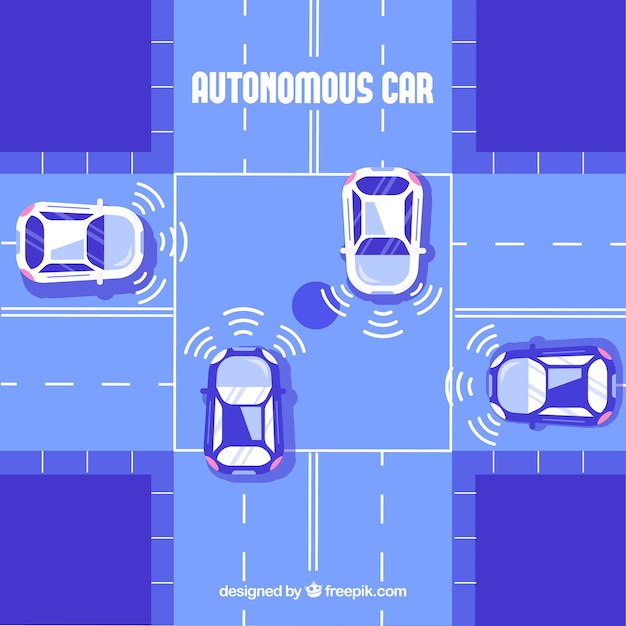Exploring the Frontier of Autonomous Vehicles

Khasha Ghaffarzadeh, a research director at IDTechEx, explores the evolution and long-term effects of autonomous machinery in farming.
Robots are breaking free from restraints and becoming mobile, collaborative, intelligent, and skillful. They’re moving beyond their usual roles and starting to automate tasks that were once out of reach. Agriculture is being quietly revolutionized by this new wave of robotics.
Despite all the buzz around self-driving cars, agriculture has actually been the biggest adopter of autonomous driving technology. This development hinges on real-time kinematic GPS (RTK-GPS), which offers centimeter-level positional accuracy. Initially, this tech was used for tractor guidance to help drivers steer more accurately and reduce driver fatigue. The next step was auto-steer, which allows operators to program a map into the tractor so it can navigate on its own.
Last year alone, over 210,000 RTK GPS receivers were sold for agriculture. By 2023, this number is expected to jump to 335,000. Auto-steer is one of the fastest-growing applications, and other technologies like variable rate equipment are also gaining momentum. As the costs of receivers drop and receiver technology becomes more common, adoption rates are likely to rise.
Precision agriculture practices are also contributing to this growth. Now, the full range of technology is coming together with more reliable variable rate equipment, such as seeders and sprayers. In 2023, an estimated 330,000 pieces of variable rate equipment will be sold, a significant increase from about 40,000 in 2015.
The future of farming technology is trending towards full autonomy. Master-and-slave, or “follow-me,” systems are being tested, allowing one driver to control multiple vehicles, which boosts productivity. Fully autonomous tractors (level five), where the vehicle can operate and avoid collisions even when GPS signals fail, have already been demonstrated.
The next big step is unmanned autonomous tractors. We’ve even seen public demonstrations of these vehicles this year. However, for now, farmers prefer to maintain control, so the cab will likely stay in the design for the foreseeable future. Long-term, “staying in charge” will likely shift from driving the vehicle to remotely managing a fleet of them.
Agriculture is particularly suitable for autonomous technology because farms are semi-structured, sparsely populated environments, making them easier to automate than busy roads. There’s also a strong financial incentive, as it helps reduce labor costs.
The main challenge lies in convincing farmers to invest in and adopt this new technology. Farmer conservatism and the traditional nature of the agriculture market may slow down what could be a revolutionary change, turning it into a gradual evolution.
Removing the driver from farming machinery could have far-reaching implications. The idea that “bigger is better,” which aimed to maximize driver productivity, loses relevance with autonomous and unmanned vehicles.
This shift in navigation could lead to a major transition from large, heavy, and expensive machinery to fleets of smaller, agricultural robots. These “agrobots” would move slowly to focus on individual plants and be lightweight, reducing soil compaction. They’d need to be affordable and compensate for lower individual productivity through fleet operations.
Many small robots have already been developed and some are commercially available. However, the designs are still in the early stages. These robots often work best on highly structured farms and specific crops, indicating there’s more progress to be made.